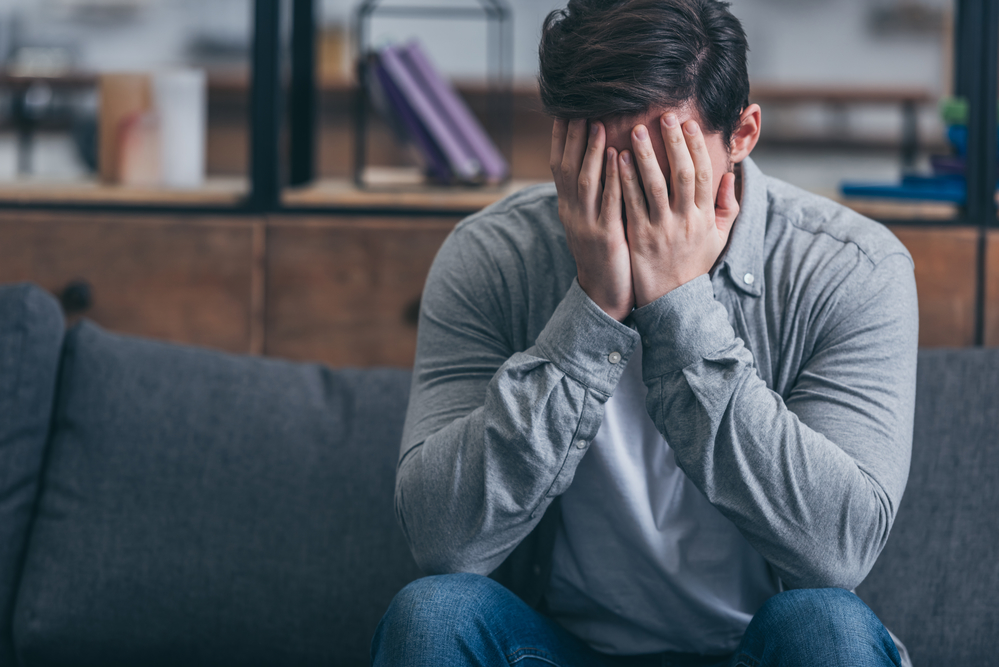What is the name for the 2 Main parts of the Brain?
What is, Cerebrum and Brainstem.
What is, Processing emotions and memories associated with fear.
What is a reflex?
What is, a reflex is a automatic reflex which happen without consciously thinking about them.
What are the 5 senses of Sensory Processing?
What is, Touch, Feel, Smell, Hearing, Sight.
What is a mental disorder?

What is, a mental disorder also known as a mental illness is a mental pattern that causes significant distress or impairment of personal functioning.
What is the function for the Brainstem?
what is, The Brainstem's function is to connect the forebrain and controls the vital functions.
How many Amygdalae are in each hemisphere of the brain?
What is a learned-behaviour?
What is, a learned behaviour is something/things people learn to do through practice or experience.
How do the 5 Senses of Sensory Processing work?
What is, the Sensory Processing system works through the nervous system which allow us to sense and respond to our environment.
How does visualization benefit an athlete's performance?
What is, it enhances confidence and prepares the mind for competition.
What is the Hippocampus?
What is, the hippocampus is responsible for supporting memory, learning, navigation and perception of space.
How is the Amygdala useful for survival?
What is, The Amygdala processes things you see or hear and uses that input to learn what's dangerous.
Give an example of a physiological process that leads to behavioral change.
What is, the release of dopamine influencing motivation and reward-seeking behaviour.
How is sensory processing affected by mental disorders and how does this alter a person's behaviour?
What is, the sensory processing of a mental child with mental disorder is disrupted and this affects their actions, emotions and responses.
What is a common mental disorder that can affect athletes?
What is, anxiety or depression.
How many Cranial Nerves are located in the Brain?
What is, 12.
What are common conditions and disorders that can affect the Amygdala?
What is, phobias, anxiety disorders, mood disorders, panic disorders etc.
What is the cognitive processes responsible for?
What is, how the brain functions, how decisions are made, how memories are stored, how problems are solved.
What is a Sensory Receptor and what is its function?
What is, Sensory Receptors are made up of Speciallized cells and cell parts which are able to pick up signals from the environment called stimuli.
Why is the mental aspect of training just as crucial as physical training for an athlete?
What is, mental toughness helps withstand pressure and maintain focus during competition.
Fill in the blanks for the definition of Pineal Gland:
"The Pineal Gland is located deep in the brain and attached by a stalk to the top of the ____ ______. The Pineal Gland responds to ____ and ___ and secretes melatonin, which regulate circadian ____ and the sleep-wake cycle."
Third ventricle, light, dark, rhythms.
1.The _____ (middle) group of subnuclei has many connections with the olfactory bulb and cortex (related to olfactory functions or sense of smell). It also connects with the hypothalamus for social and reproductive behaviours.
2. The ________ (basolateral meaning below and to the side) has several connections with the cerebral cortex, particularly the prefrontal cortex within the frontal lobes. This allows it to link sensory stimuli with emotional responses and memory formation.
3.The ______ ___ _____ (front) group of nuclei has many connections with the brain stem, hypothalamus, and sensory structures. It initiates physiological fear responses through these pathways.
The medial
The basolateral
The central and anterior
What role does neuroplasticity play in learned behaviours?
What is, it allows the brain to reorganize itself based on new experiences and information.
What role does neuroplasticity play in learned behaviours?
What is, it allows the brain to reorganize itself based on new experiences and information?
How do cognitive-behavioural techniques help athletes manage performance anxiety?
What is, they help athletes identify and change negative thought patterns that impact performance.